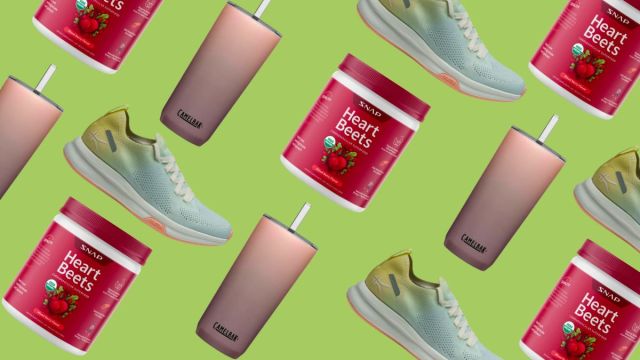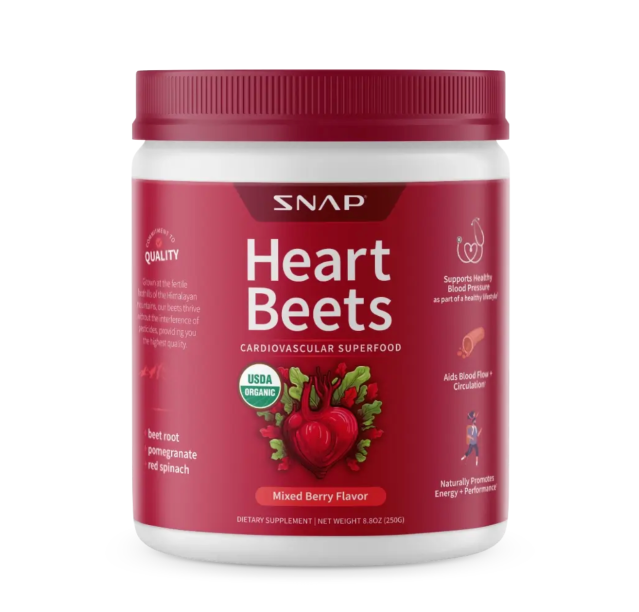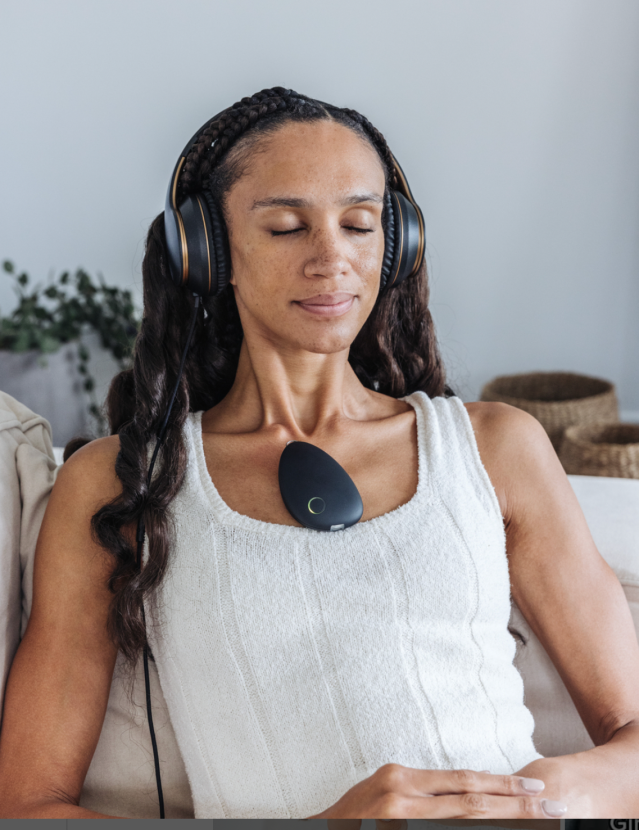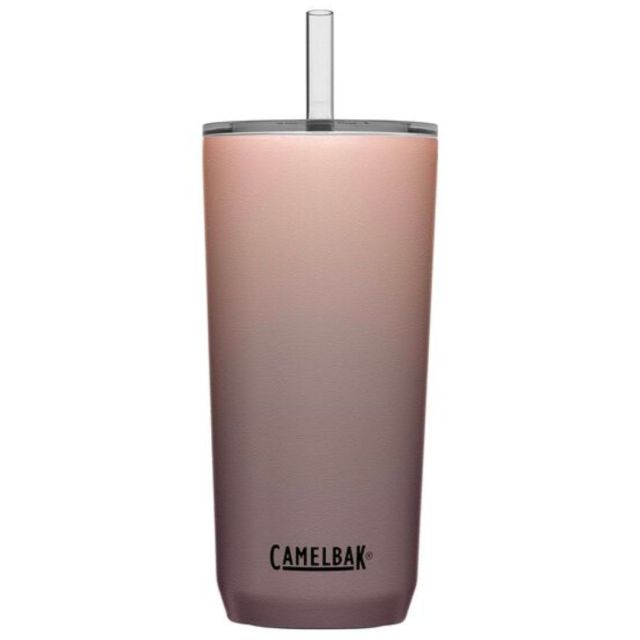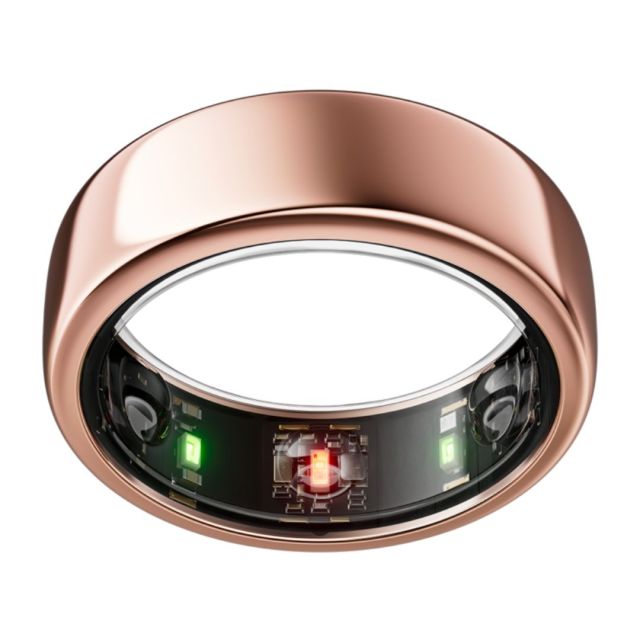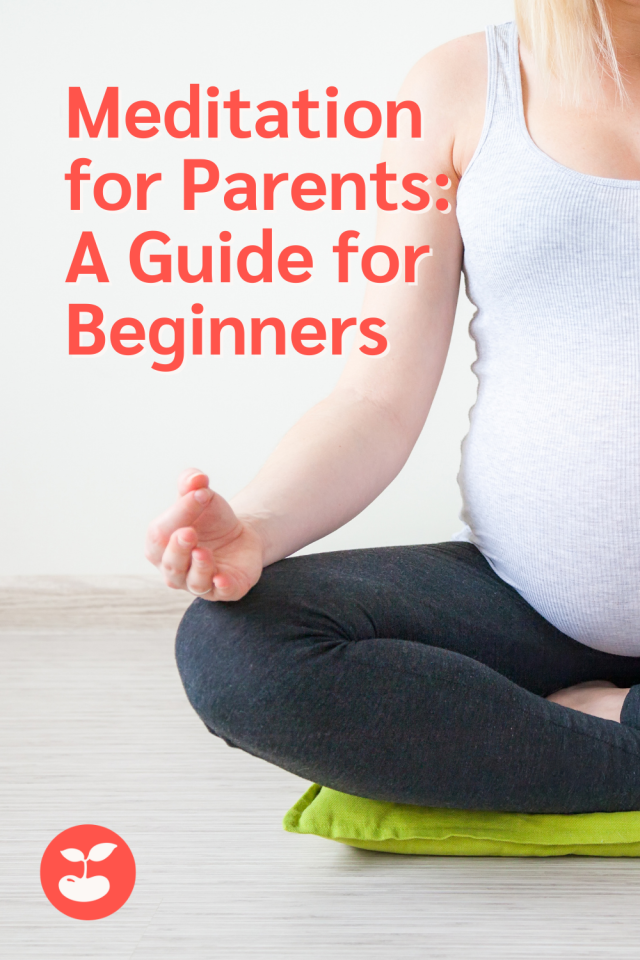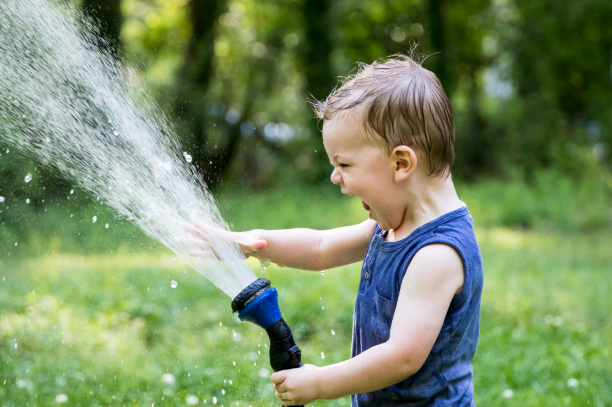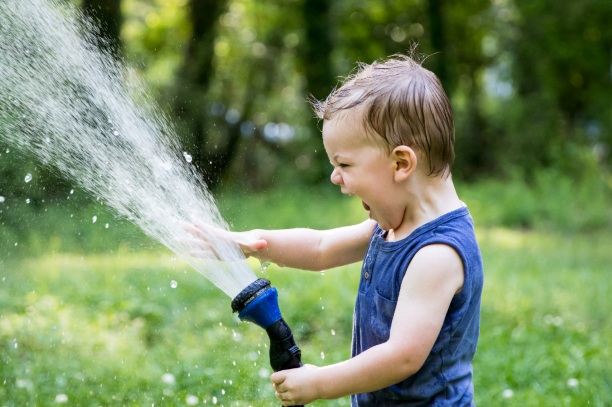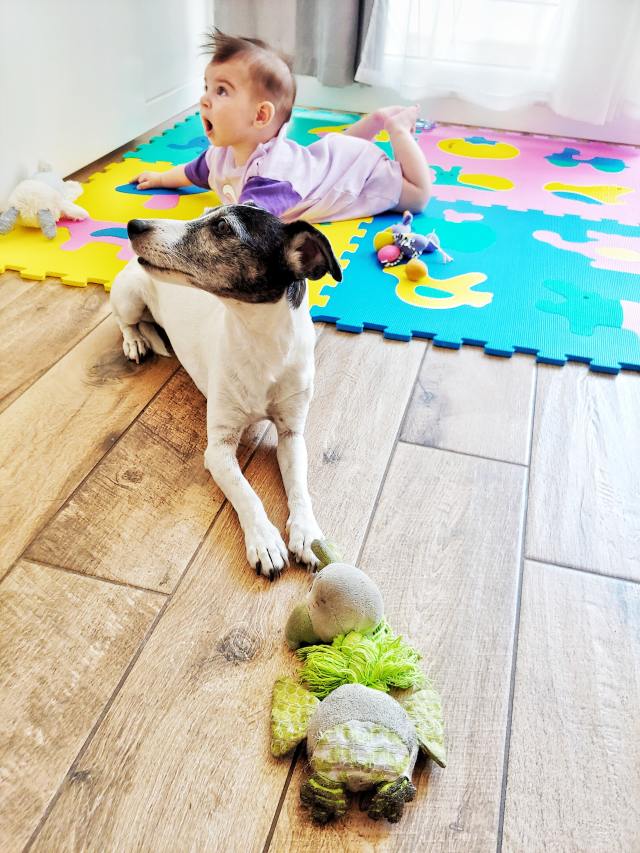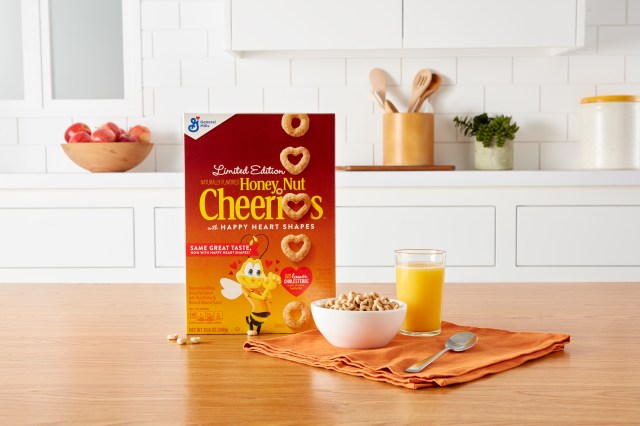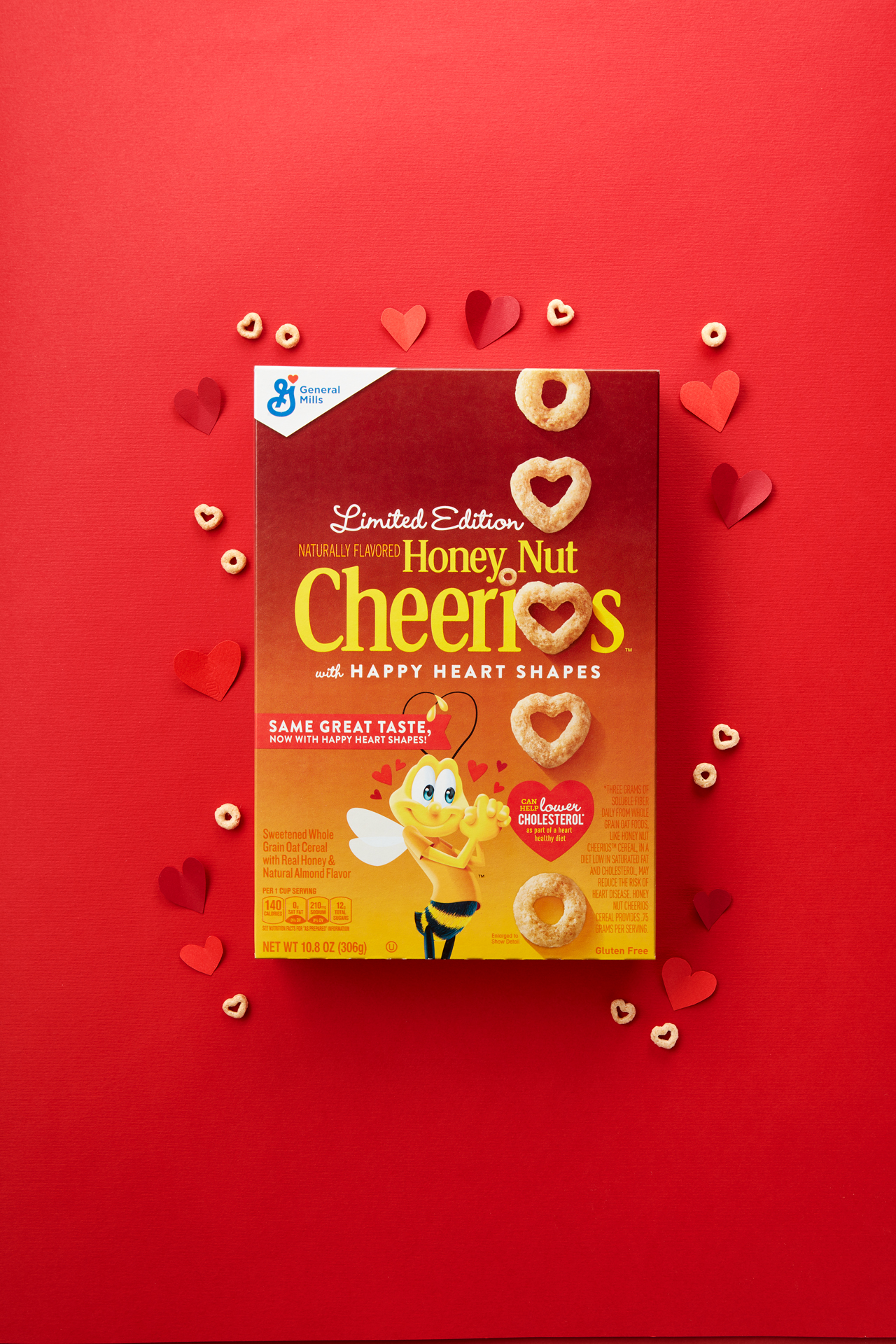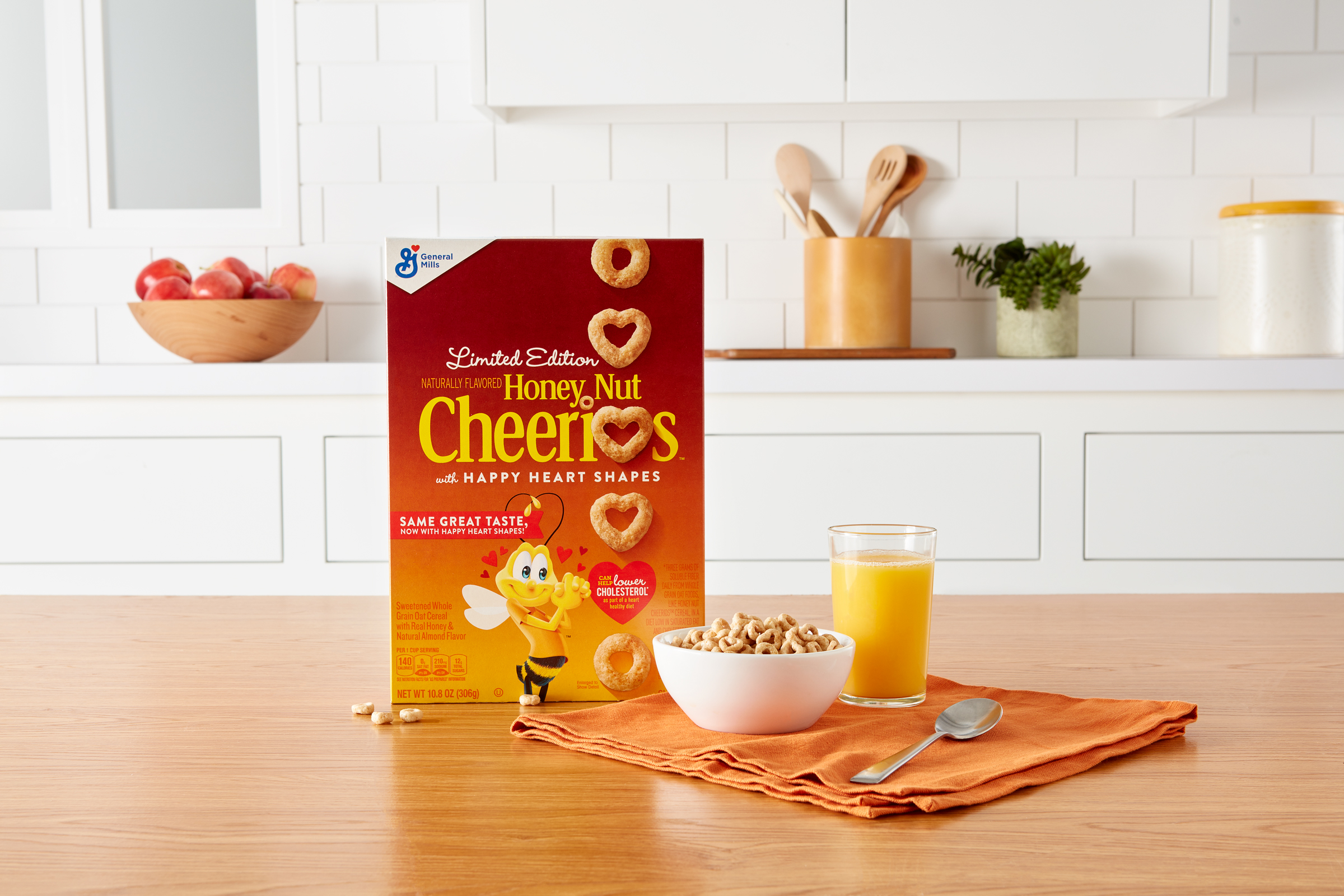Nighttime feedings, sleep regressions, kids camped out horizontally in your bed, waiting up til teens get home—nobody said parenting came with sleep benefits. But don’t make the mistake of assuming that your morning cup of coffee is the panacea for all-day exhaustion. It turns out that the things you eat throughout the day may be the secret to the energy you crave.
“The main thing that gives our body energy are food and calories,” explains Diane Burge, a registered dietitian and certified eating disorder specialist in Los Angeles. But not just any food and calories. The trick is to combine carbohydrates, proteins, and fats to keep your energy sustained. She warns that carbs alone—which we often crave when we’re tired—can give you a quick burst of energy, but you’ll crash if you don’t balance them out.
In other words: If you’re going to eat bread, sugar, or French fries (love, love, and love!), be sure to tack on fat and protein. According to Burge, even if you have cotton candy, buffer it with grilled chicken and you’ll be OK. So what should you snack on to put some pep in your step? From peanut butter and cottage cheese to egg sandwiches and loaded nachos (really!), here are some easy food combos that’ll give you energy all day long:
Bagel and Cottage Cheese with Cinnamon
No, you don’t have to give up bread! While bread is loaded with complex carbs, which can give you that quick burst of energy, you’ll need to add protein and fat to keep that energy going. Top a whole grain bagel with protein-rich cottage cheese (which has almost double the protein of cream cheese and is high in vitamin B12). Add a sprinkle of cinnamon—known to help regulate blood sugars and have an antioxidant/anti-inflammatory effect—and you’ll pack in the nutrients without the crash.
Don’t like cottage cheese? A bagel with lox, hummus, or avocado is also a great way to fuel up on protein, fat, and carbs.
Egg & Cheese Sandwich
Protein, check! Fat, check! Carbs, Yep! Egg sandwiches are an easy go-to breakfast food for energy that you can find almost anywhere. Even store-bought egg sandwiches are OK occasionally (they tend to have more fat than the ones you make at home). You can make a lighter version using Egg Beaters or scrambled egg whites topped with light mozzarella on an English muffin. You can also add a tomato for a burst of vitamin C.
Protein Tofu Smoothie
With a sweet mix of protein, fat, and carbs (in the sugar), this smoothie is an easy way to get those nutrients at any time of day. To make it, mix the following ingredients in a blender:
- 2 oz. tofu
- banana
- 1/2 c juice
- 1/2 c yogurt
- ice
Homemade Pizza
Make a healthier version of the popular pie at home using a bagel and various toppings. Besides the usual marinara and cheese, Burge recommends adding chicken, tofu, or pepperoni to balance the carbs and fats.
Pasta with Lean Ground Meatballs and Veggies
This perfect combo of lean meats and carbs will fill you up and keep your blood sugar steady for hours. Try this delicious-looking recipe from Pinch of Yum that uses turkey and red bell peppers rich in C, E, and beta-carotene.
Peanut Butter—on Fruit/Crackers/ Rice Cake/ Smoothie/Toast
Peanut butter is the perfect fuel because it is rich in protein and unsaturated fat, which takes a long time to burn off and consequently helps keep you full longer. It is also rich in fiber, biotin, vitamin E, magnesium, iron, selenium, and vitamin B6. Pair it with apples, rice cakes, or crackers for an energy-soaring boost that’ll keep you going for hours.
Well Plated By Erin has an amazing peanut butter banana smoothie recipe that adds a potassium-rich dose of bananas to up the nutrition ante. This peanut butter banana toast recipe is also a perfect pick-me-up, loaded with fiber, protein, fat, and healthy carbs (your kids will love it, too!).
Sushi
Sushi is a great source of lean protein, healthy fats, and energy-boosting carbs. Since rice (high in complex carbs) is paired with fat and protein, it doesn’t raise blood sugar too much. Dietitians recommend choosing rolls or sushi with salmon, tuna, or mackerel, which contain plenty of omega-3 fatty acids to support brain and heart health. Avoid rolls that contain cream cheese or tempura, which add unnecessary fats.
Also, keep portion sizes small if you’re aiming for energy since overeating itself is a cause of sleepiness. Burge recommends 7-8 pieces in total.
Loaded Baked Potatoes
Potatoes, which are loaded with complex carbs, are an energy bomb. Top them with veggies, low-fat cheese, and proteins, and you’ll get a nutrition bomb as well (that won’t bottom you out 30 minutes later). Try substituting traditional cheese with cottage cheese or Greek yogurt, which is higher in protein and lower in fat than other popular cheeses.
This recipe for loaded baked potatoes from Recipe Runner is an easy afternoon hack that’ll keep you fueled.
(Healthy) Loaded Nachos
Bar food much? While smothering tortilla chips in cheddar cheese and refried beans isn’t great for those looking to lose weight, it can help sustain your energy levels and keep you from slumping. Try this healthier version from Skinny Taste—which uses baked chips, lean turkey, reduced-fat cheese, and fat-free black bean dip—to balance carbs, healthy fats, and proteins.
Also, don’t binge, since overeating causes fatigue, too. “It’s about honoring hunger and respecting fullness. If you get too hungry or too full, it makes all the oxygen go to your stomach and you feel tired,” Burge says.
Basically: Share the chips! And stop when you’re full.
Greek Yogurt with Toppings
You should always have Greek yogurt in your fridge, as it’s one of the best foods to give you energy. A perfect protein-packed snack, it’s loaded with calcium and makes a great substitute for oil in baking or sour cream on potatoes and tacos. Top it with fruit (like berries, apples, dates), granola, and nuts, and you’ll get that perfect trio of fat, carbs, and protein that’ll help you keep you going.
Water
Next time you’re feeling extra sluggish, check your hydration levels. Have you been drinking enough? According to studies conducted at the University of Connecticut’s Human Performance Laboratory, even mild dehydration can affect mood, energy level, and focus.
“Your cells need adequate hydration to optimize the production of energy from food,” Dr. Barry Sears, author of The Zone Diet, told NBC News.“If you don’t have adequate hydration in the cells, your ability to produce energy (such as ATP) is reduced and you feel fatigued.”
So how much water do you really need? The Institute of Medicine recommends 13 cups of water for men and nine cups per day for women (Hint: That’s about two Stanley Tumblers’ worth).
A Word About Coffee
Most people we know tend to start their day with a cup of coffee. And while you don’t need to say goodbye to your morning cappuccino, Burge says coffee isn’t always the savior we want it to be.
“It will give you a temporary boost, but it leaves you lower than where you were before, so you’re always trying to chase that high,” Burge says.
Coffee is also dehydrating—another energy-zapper—so keep your water bottle handy if you’re caffeinating.






